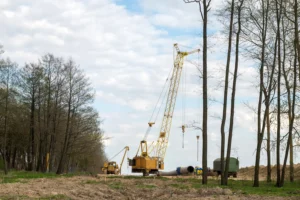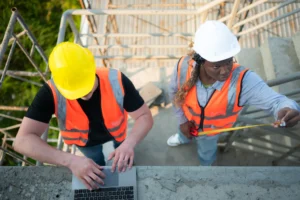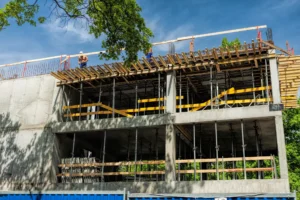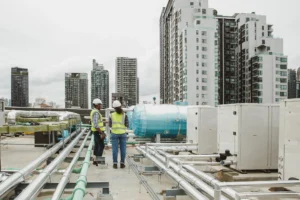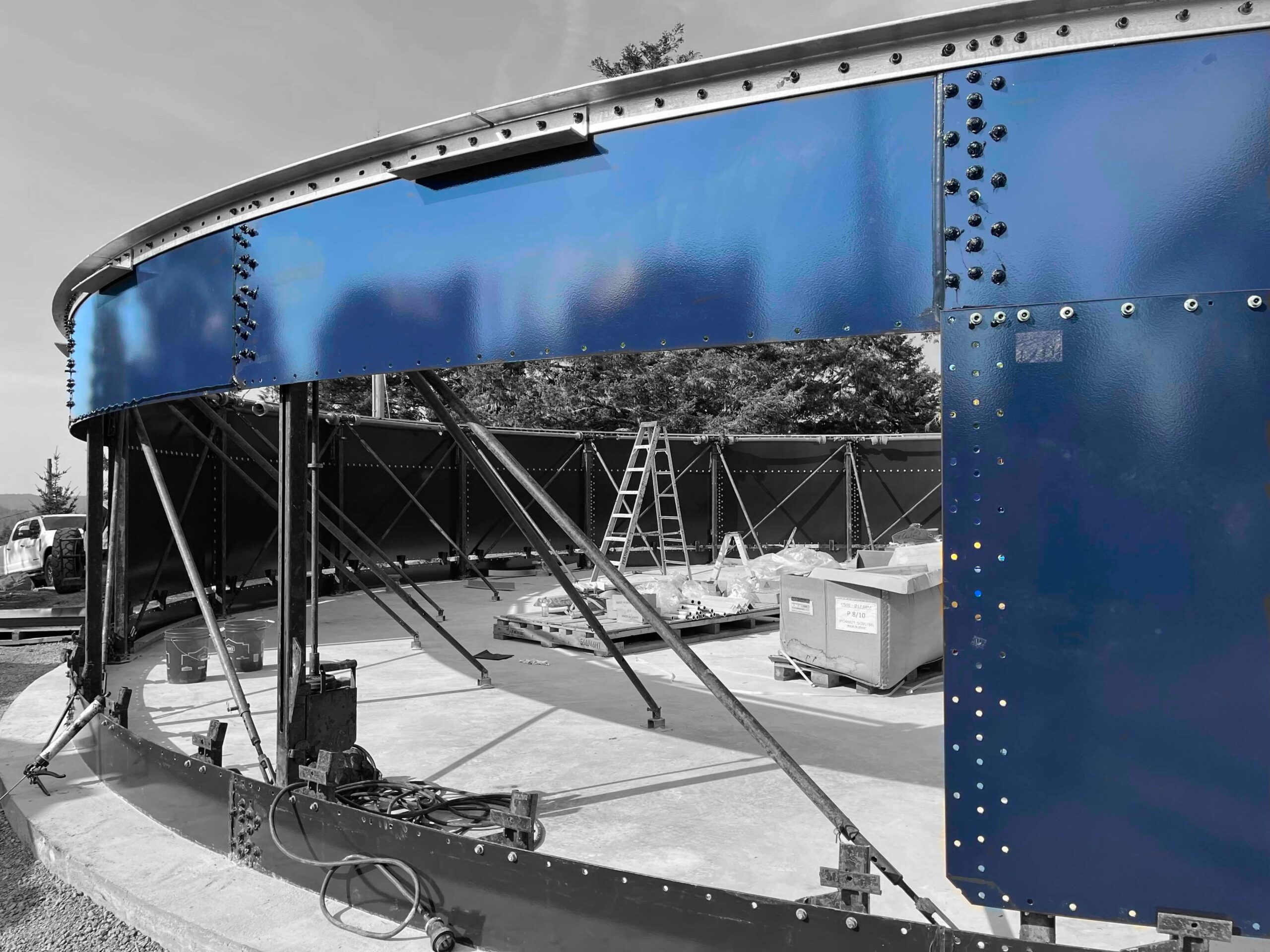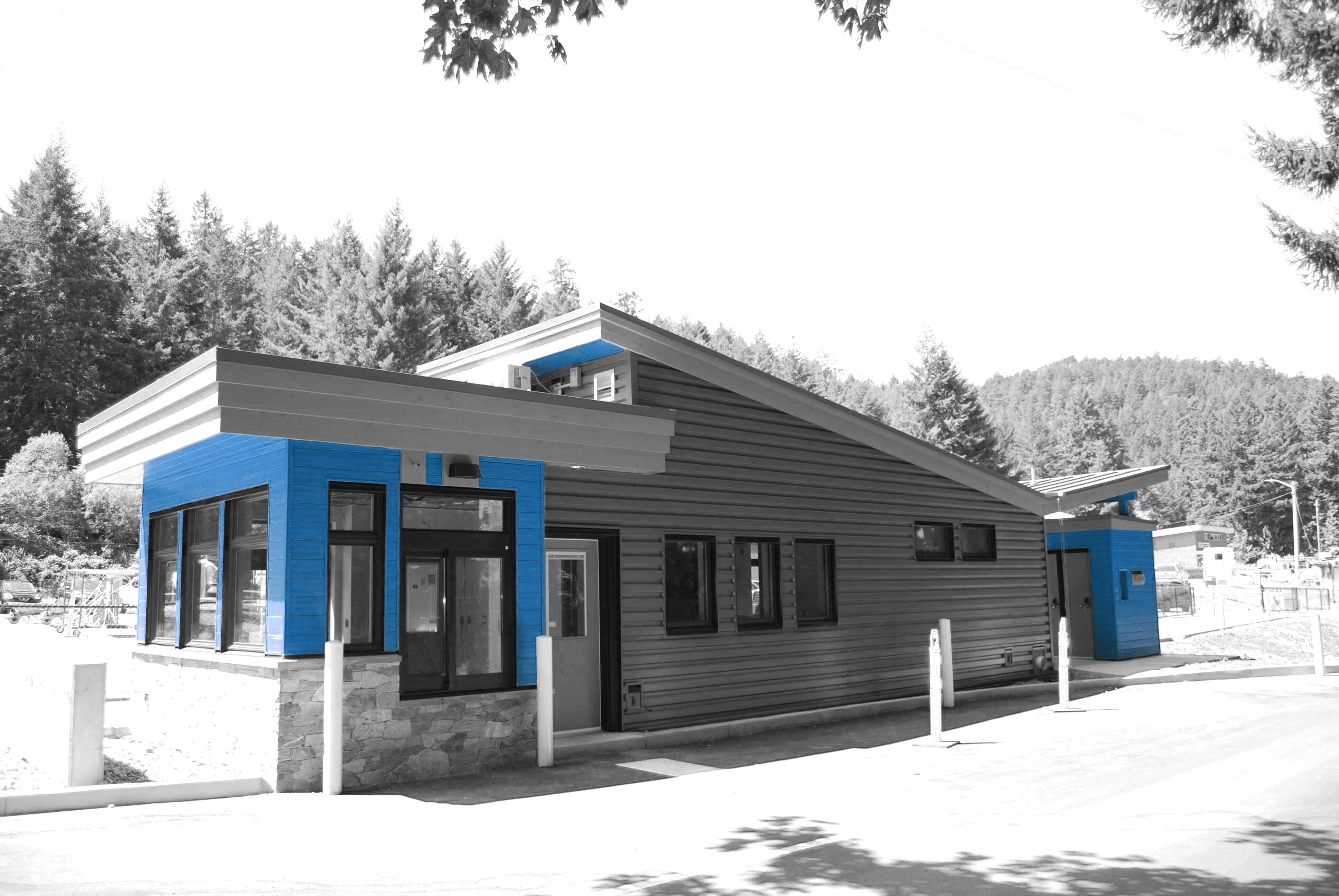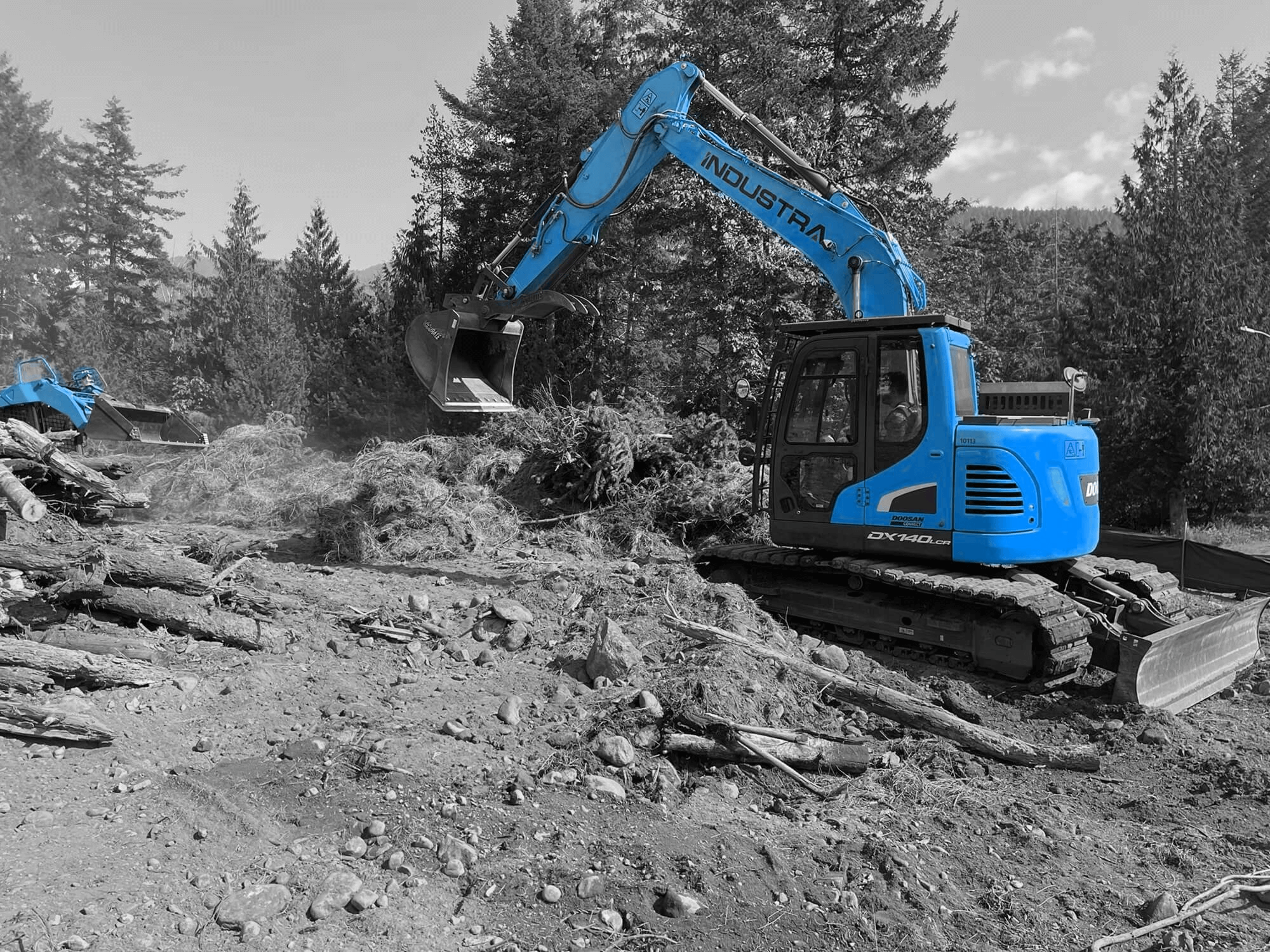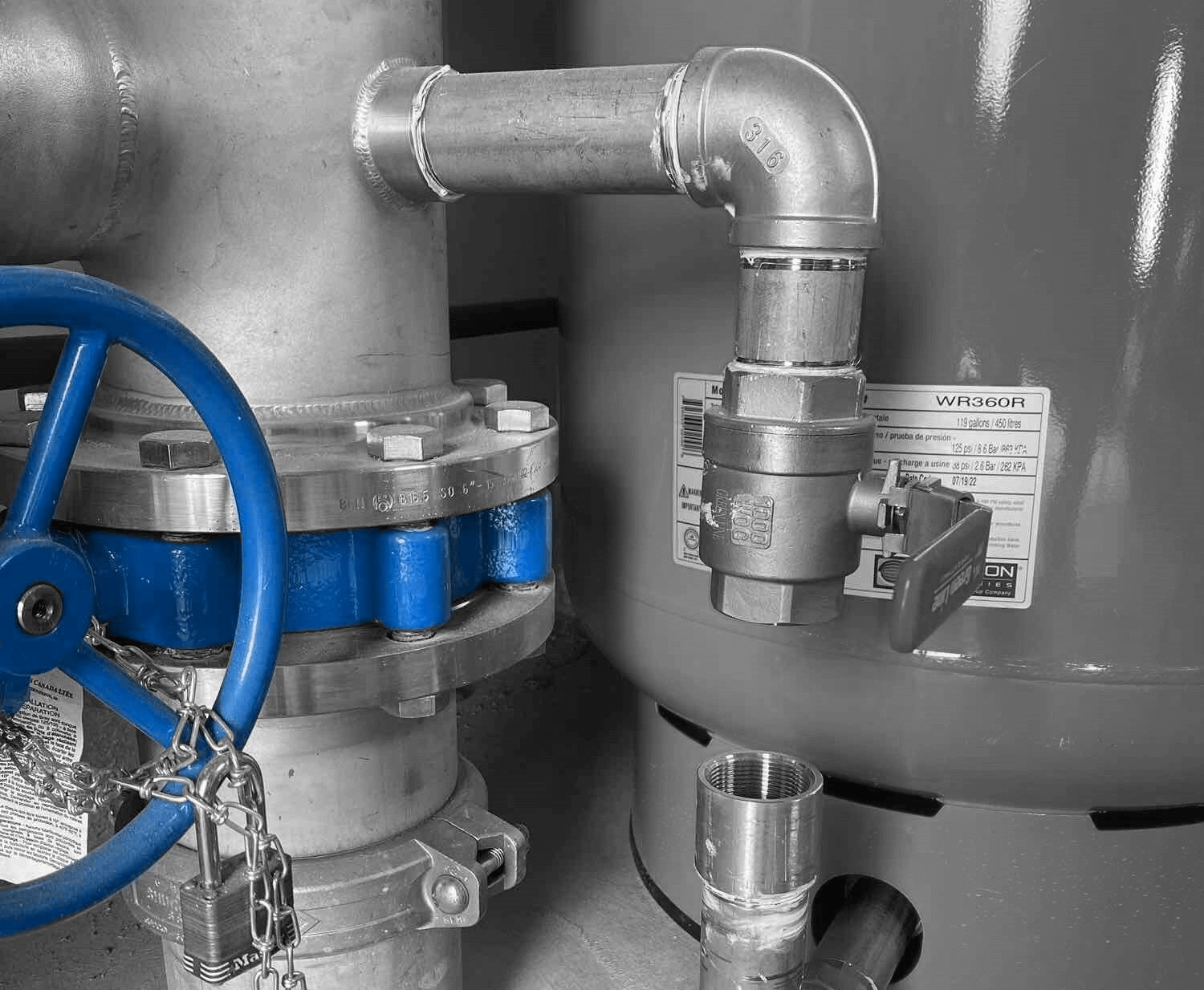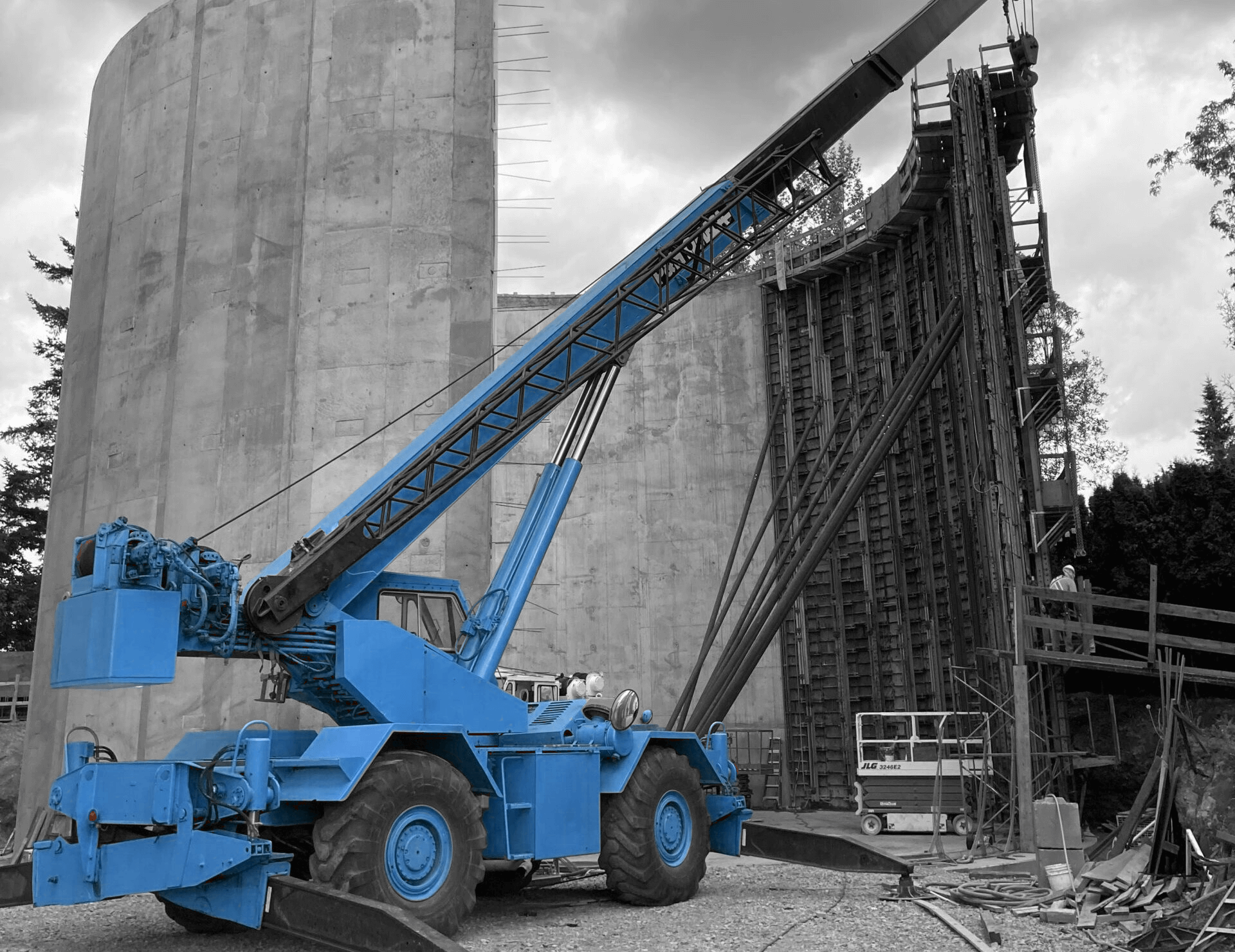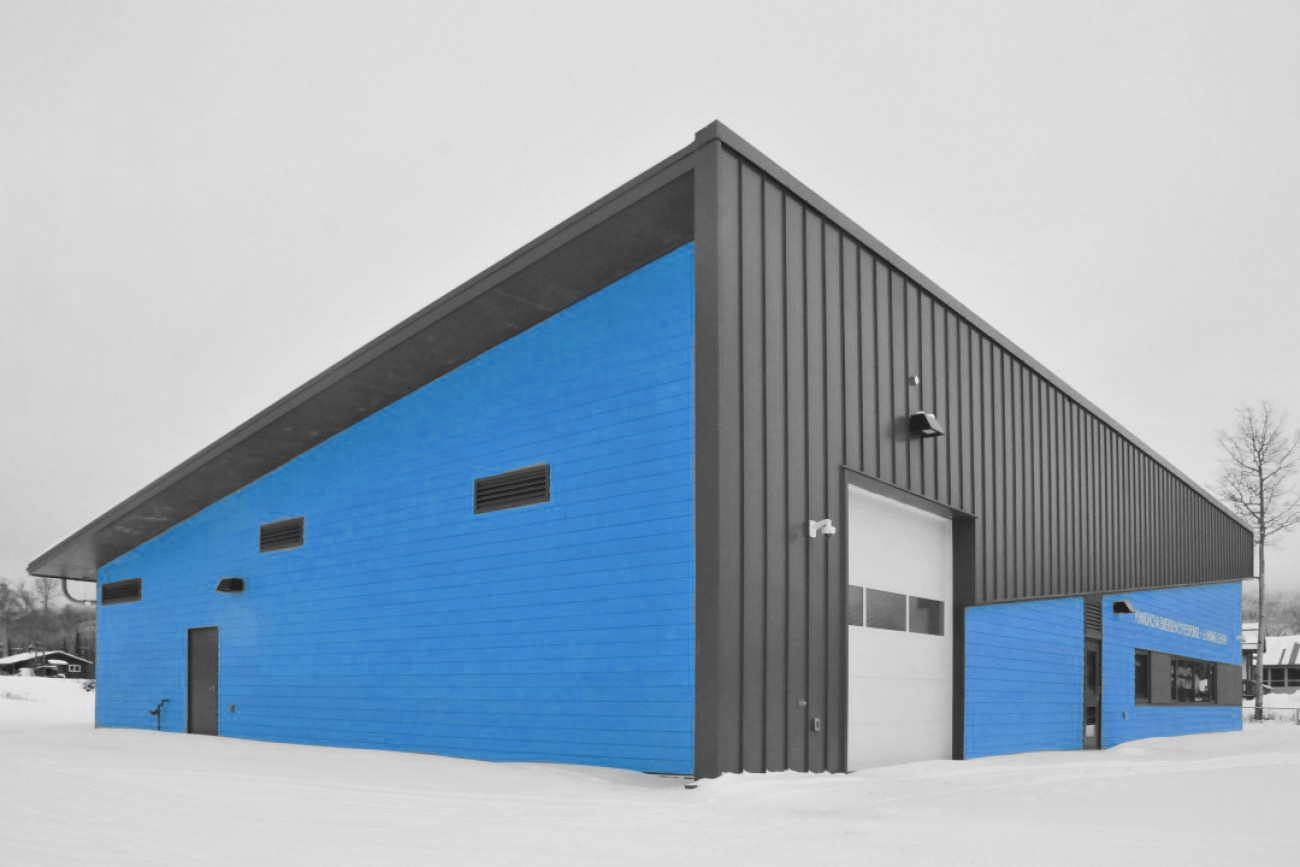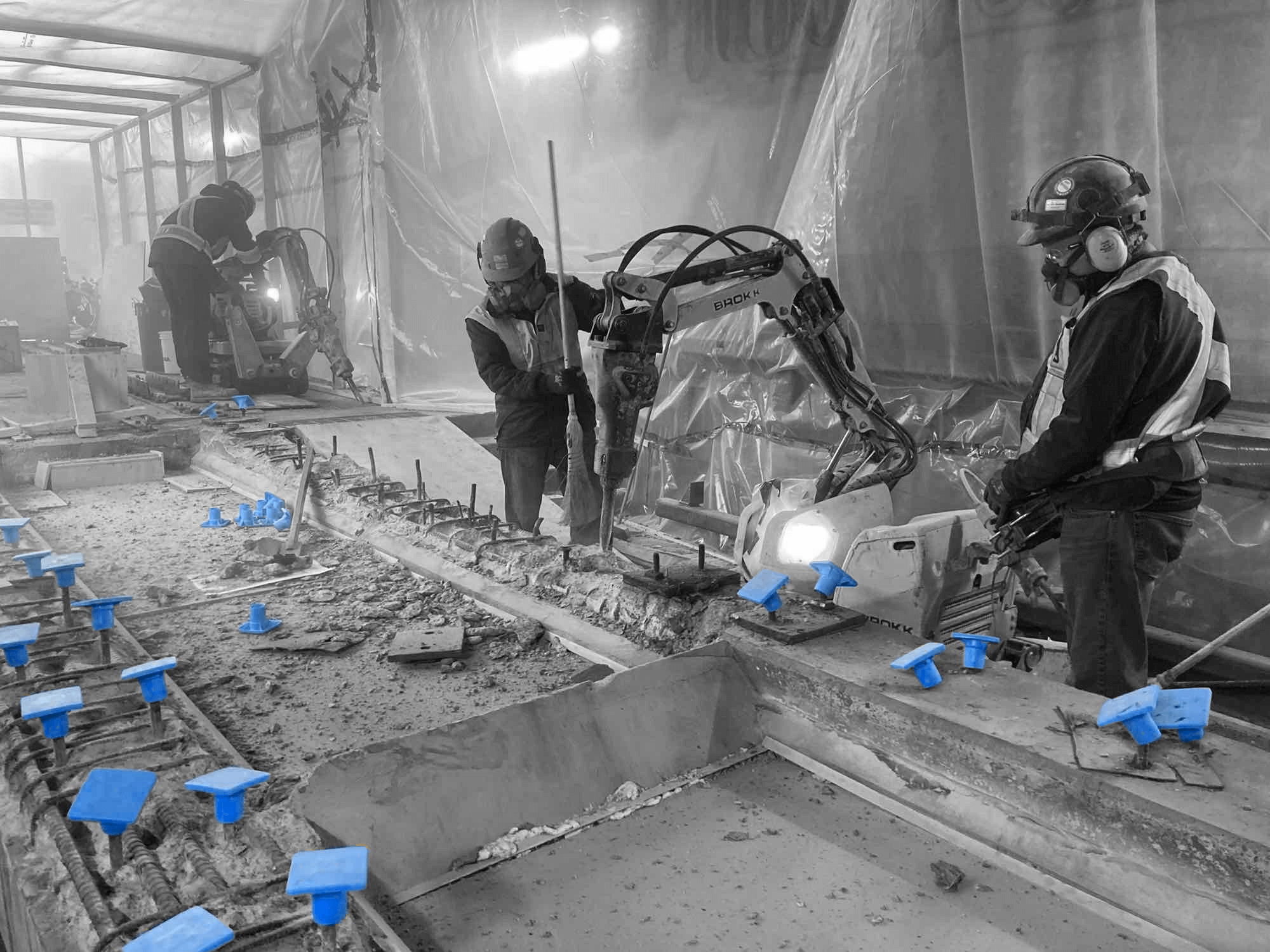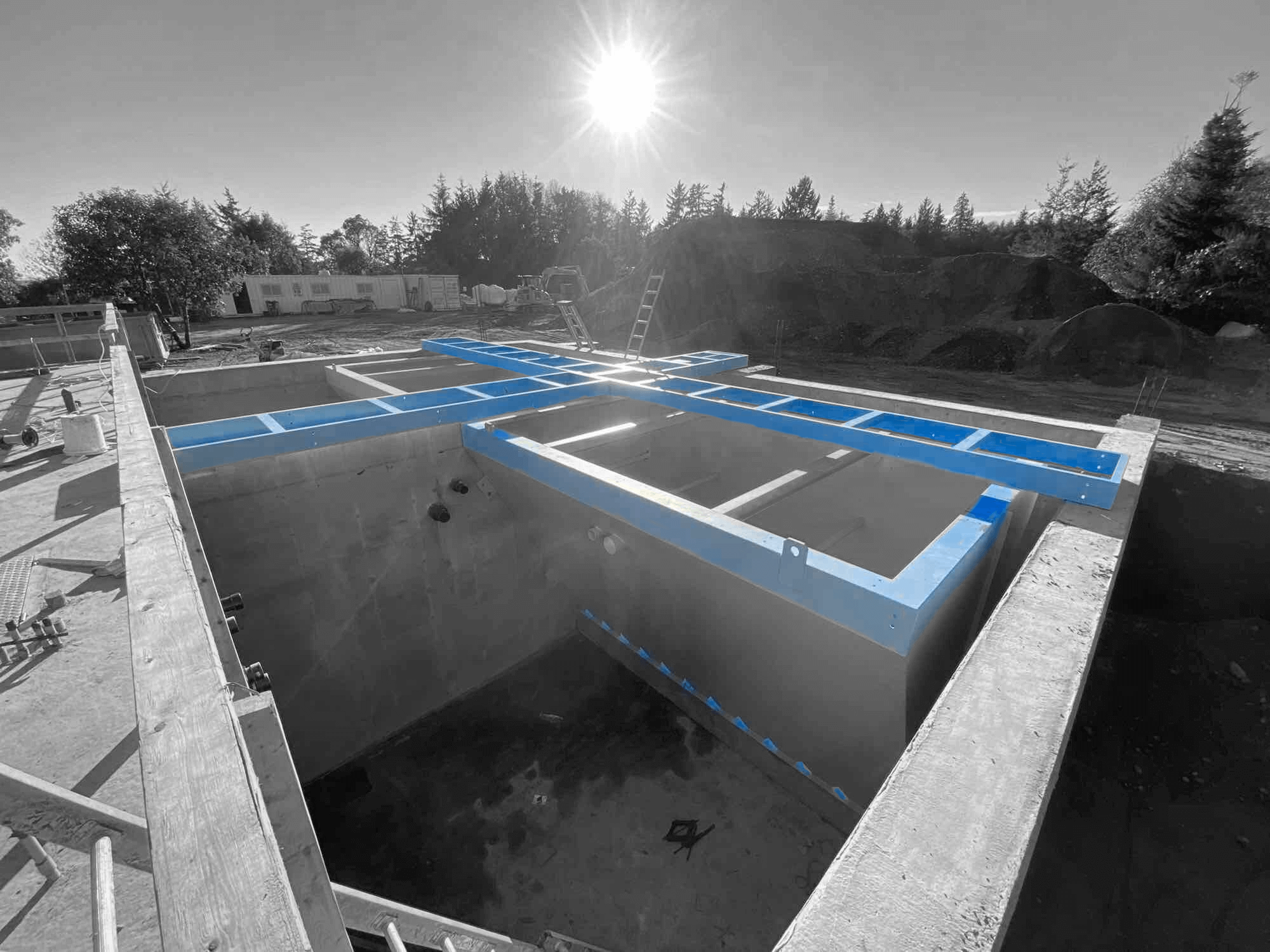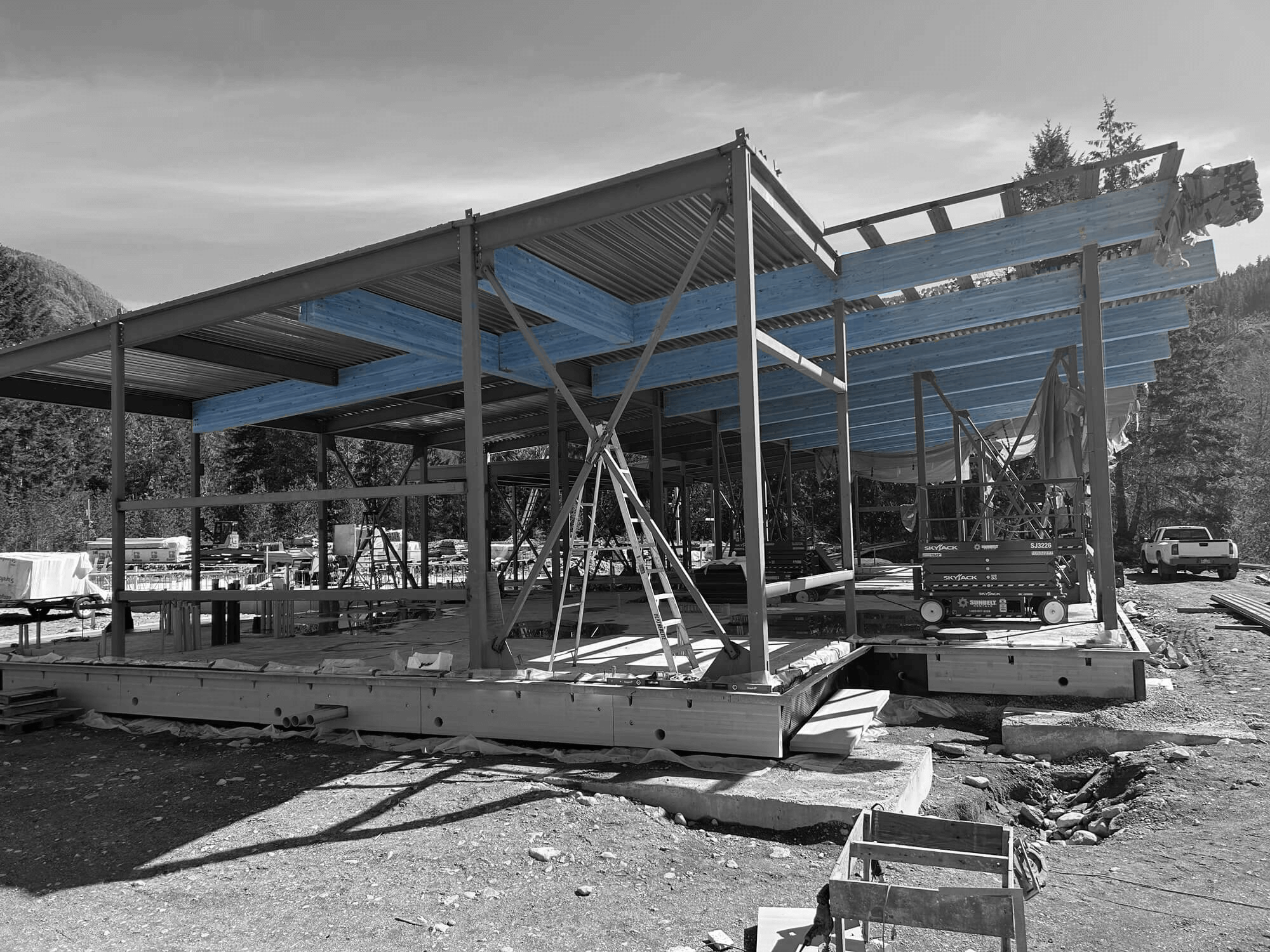EPC (Engineering, Procurement, and Construction) design-build transforms how we construct bridges. This approach combines all project stages, from planning and design to procurement and construction, into one seamless process. By integrating these phases, EPC design-build offers numerous advantages over traditional methods, making it a popular choice for modern infrastructure projects.
This article will explore what makes EPC design-build so effective for bridge construction. We will examine its advantages, critical components of successful projects, and future trends shaping the industry. Let’s uncover why EPC design-build is paving the way for better bridges.
Understanding EPC Design-Build for Bridge Construction
EPC design-build combines engineering, procurement, and construction services into a single contract. This method streamlines the entire bridge-building process by having one team handle every aspect from start to finish. Under EPC, there’s a single point of contact for the owner, which dramatically simplifies communication and decision-making.
In traditional bridge construction, different teams handle separate phases, often leading to delays and miscommunication. With EPC design-build, all project components work together from the beginning. The contractor, engineers, and procurement specialists collaborate closely, ensuring that each step is aligned with the overall project goals.
This integrated approach also allows for better risk management. Potential issues are identified early, and solutions are developed collaboratively. This proactive planning reduces the chance of project delays and cost overruns. It creates a more efficient workflow, allowing for timely adjustments and innovations that save time and money.
Advantages of EPC Design-Build in Bridge Projects
Choosing EPC design-build for bridge construction offers several advantages, making it an appealing option for many infrastructure projects.
Faster Project Completion
One of the most significant advantages of EPC design-build is the speed of project completion. Since all phases are integrated, work can progress faster without the bottlenecks common in traditional methods. Teams can work concurrently on different aspects of the project, significantly reducing the project timeline.
Cost Savings
EPC design-build often leads to cost savings. By consolidating services, there’s less administrative overhead. The early involvement of all team members ensures that the project budget is planned accurately from the start. This reduces the likelihood of costly changes or modifications later.
Enhanced Quality Control
With a single team handling everything, quality control improves. Team cohesion results in a higher standard of work. Issues are addressed immediately, and solutions are implemented quickly. This leads to better-quality bridges that meet or exceed industry standards.
Innovation and Flexibility
EPC design-build promotes innovation. Since engineers, contractors, and procurement staff work together, they can brainstorm and implement advanced techniques and materials. This collaboration often leads to more effective and efficient solutions.
These advantages illustrate why EPC design-build is becoming the preferred method for bridge construction. It offers a streamlined, efficient, cost-effective approach that benefits all stakeholders.
Key Components of Successful EPC Bridge Projects
Successful EPC bridge projects rely on several key components. By focusing on these elements, you can ensure the project runs smoothly and achieves high-quality results.
Clear Communication
Effective communication is crucial. All team members, from engineers to construction workers, must be on the same page. Regular meetings and updates help keep everyone informed and aligned with the project goals.
Detailed Planning
Thorough planning sets the stage for success. This includes creating detailed project schedules, setting realistic milestones, and allocating the right resources. Proper planning helps anticipate potential challenges and prepares the team to handle them efficiently.
Skilled Workforce
Having a skilled workforce is essential. Hiring experienced engineers, reliable procurement specialists, and competent construction workers makes a significant difference. Their expertise ensures the project meets technical and safety standards at every stage.
Quality Materials
Using high-quality materials is vital for the longevity and safety of the bridge. The procurement team must source the best materials that meet industry standards. This guarantees that the bridge is durable and can withstand environmental factors.
Efficient Project Management
Strong project management ensures that everything runs smoothly. From coordinating tasks to managing budgets, a dedicated project manager can keep the project on track and within budget. This minimizes delays and cost overruns.
Future Trends in EPC Design-Build for Bridges
The future of bridge construction using the EPC design-build method looks promising. Several trends are shaping the industry and making projects more efficient and innovative.
Digital Technology
Digital technology is revolutionizing bridge construction. Tools like Building Information Modeling (BIM) allow precise planning and visualization. BIM helps in detecting potential problems early and offers solutions before construction begins.
Sustainable Materials
Sustainability is becoming more critical. Using eco-friendly materials and construction methods helps reduce the environmental impact. Recyclable and energy-efficient materials are gaining popularity, making bridges more sustainable.
Automation and Robotics
Automation and robotics are making construction faster and safer. Automated machines can perform tasks like welding and concrete pouring with precision. This reduces errors and speeds up the construction process.
Smart Bridges
Innovative bridges equipped with sensors and monitoring systems are emerging. These systems can track the bridge’s condition in real-time, alerting maintenance teams to any issues. This proactive approach extends the bridge’s life and ensures safety.
Conclusion
EPC design-build is a game-changer for bridge construction. This method integrates engineering, procurement, and construction into a single, streamlined process. Its numerous advantages include faster project completion, cost savings, and enhanced quality control. EPC projects can achieve outstanding results by focusing on critical components like clear communication and a skilled workforce.
Future trends such as digital technology, sustainable materials, and intelligent bridges will continue to improve EPC design-build methods. These innovations promise to make bridge construction more efficient, sustainable, and safe.
EPC design-build is an innovative and practical choice if you’re considering a bridge project. Industra Construction Corp. is here to help you navigate this approach with our expert services. Contact our EPC contractors today to learn more about how we can support your next project.




